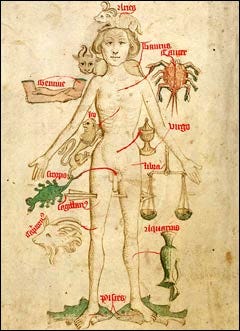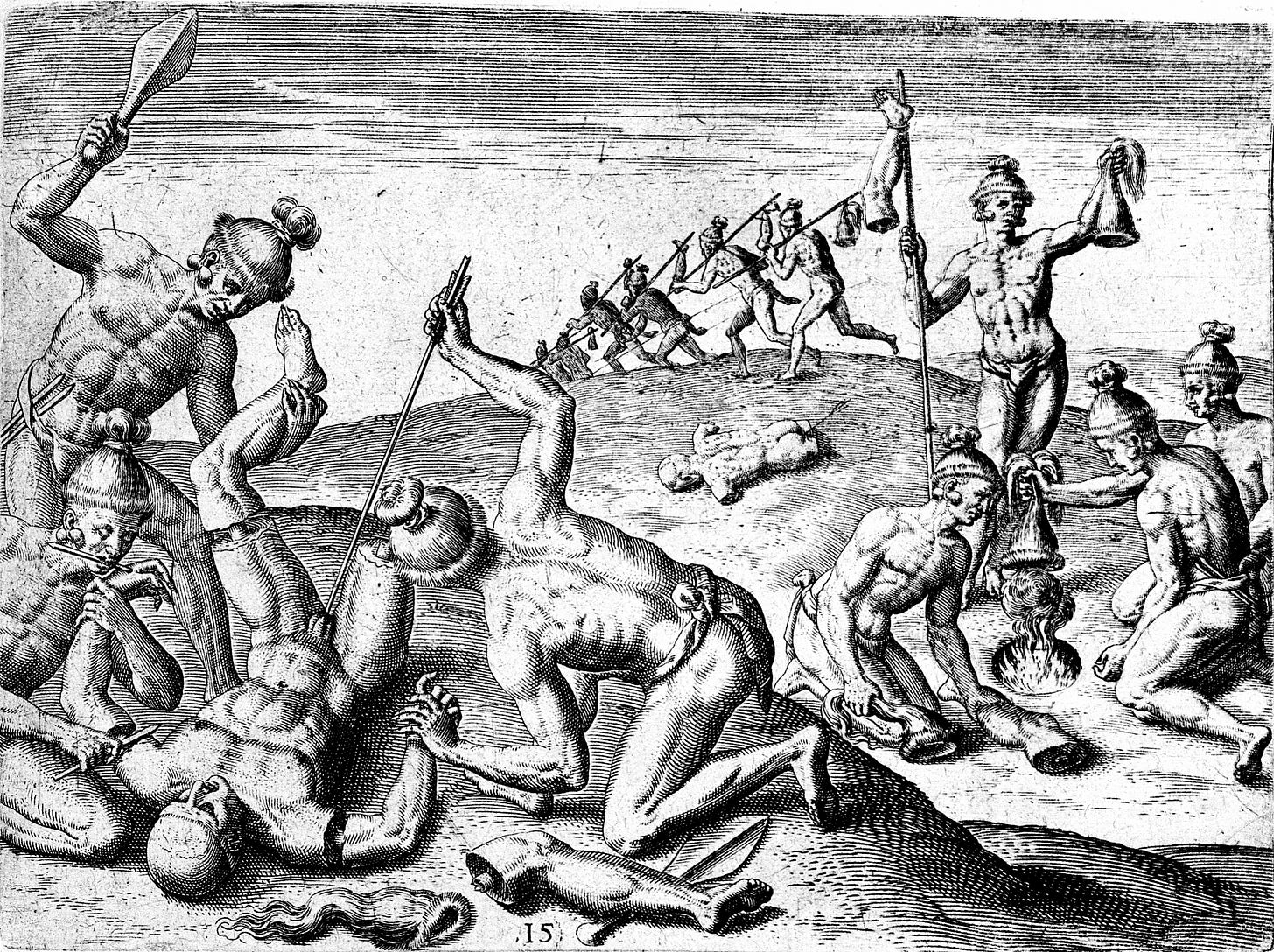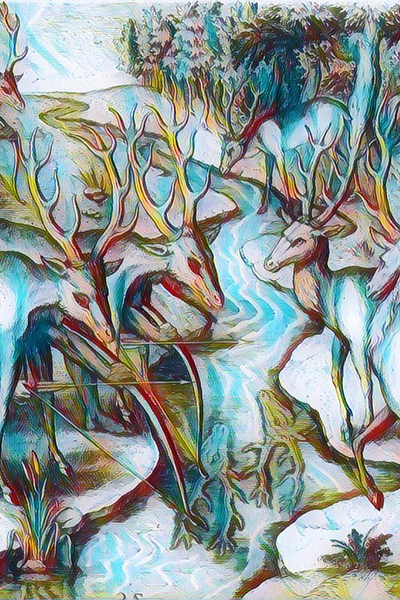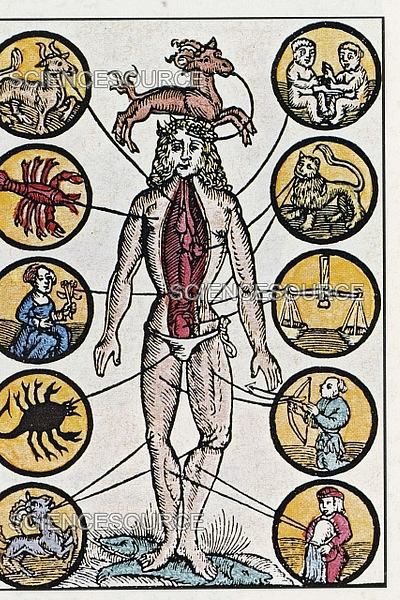Macrocosm : Microcosm
Relations of Resemblance and the Mutable Bodies of Early Modern Europeans
Michel Foucault’s four similitudes and the exercise on Your Temperament, as well as the readings on humoral science from greekmedicine.net, are intended to introduce you to the people we are studying and their very different cosmology and understanding of the body in relationship with the natural world, with the emotions, and with other bodies.
Two things
One, relations of similarity, rather than difference, organized knowledge.
Two, bodies were mutable or changeable and subject to outside influences known as the six non-naturals.
Four Similitudes
Unlike us with our system based on binaries and differences, Foucault argues, at the end of the 16th C and into the 17th C, Europeans organized knowledge through a system of resemblances. Earth echoed the sky, faces reflected the stars, plants held secrets and virtues from the heavens in their stems.
On one level, we understand that the universe, or the macrocosm, was reflected in the microcosm of the human body. Diseases and emotions, called passions, reflected the movement of the heavens and the weather. If a person fell ill, it was normal to do the astrological chart for the onset of the disease, called a “decumbiture” in order to diagnose and prescribe medicine and other interventions like bloodletting.
Foucault gives us these four relationships of resemblance:
Conventia = contact (touch, creating a chain)
Aemulatio = emulation, a mirror (look alike)
Analogy = resemblance speaks of a hidden relationship (example—they both have heads, limbs, eyes, etc., therefore they have a connection, also creating a chain)
Sympathy and Antipathy = affinity, alliance, attraction, love, desire connection vs. hate
In addition, everything has a signature that can be read. Meaning, through these relationships, things: plants, stones, stars, human complexions, genders, temperaments, emotions, ideas, ethnicity, faith—theoretically, all could be read through visible signs on the body. Earth communicated. So did their god. Medieval and early modern Christians added to this the idea that they could read the planet, their own health, historical events, tragedies, the weather for messages from their god.
Six Non Naturals
Six things could change a body through their influence :
Climate (weather, astrology, time of day, seasons)
Passions (emotions, ideas, beliefs)
Diet
Sleep
Exercise
Retention and Expulsion (sweat, vomit, bloodletting, fat, hair, curves, leanness, breastmilk, menstruation, ejaculation, bowel movements, urination, breath, tears, etc.)
Your Temperament
Sections from Greekmedicine.net – Introduction, The Basic Principals – first 7 sections through Individual Temperament, Hygiene – first 8 sections through Emotions and Organs.
To understand how these six non naturals would affect you personally, you need to know your baseline temperament, which is your temperature (cold to hot) combined with your moisture (dry to wet). This is like your personal individual climate. It would be combined with your astrological natal chart to determine your individual physiological nature.
However, your nature was fluid and mutable: unlike our 21st sense of bodily stability, genders could shift, skin color could, just like weight, age, health in our understanding. The six non naturals would cause these changes.
With the Protestant Reformation, the categories of elect and damned, determined by the Christian god before creation, were beginning to offer some stability of identity. But the people we were studying were otherwise incredibly vulnerable to outside influences.
Please reflect on questions and observations that arise as you introduce yourself to this material.
Use the section on Pathology to identify a disease.
To find an herbal remedy, use Culpeper’s Complete Herbal. You will find reference to what planet the herb is governed by and its qualities under “Government and Virtue.”
To do the Decumbiture (the astrological chart of the disease), use the Free Astrology Natal Chart.
After you diagnose the disease and arrive at a remedy. Create a skit about this process to perform in class. This group exercise can count for the Comment for this week. Paste the skit into the comments below along with the names of all group members.






This comedy skit related to Foucault and humoralism: https://www.facebook.com/share/r/ayueQbC9kA5UG8xw/?mibextid=D5vuiz
I feel many features can be mixed that they group together almost arbitrarily. For example, I think my figure is both neither too fat or skinny (Sanguine), but I have prominent veins and some muscle (Melancholic and Choleric). Also, my blonde hair fits with both Choleric and Phlegmatic. I also don't think my dreams are represented in the categories; they tend to be mundaine and cover random daily tasks. Then, I have anxious, action packed, and pleasant dreams. I also try to look at both the bigger picture and individual details, so my mind could have Sanguine and melancholic tendencies. I can see this being a cool way to describe oneself, but I don't think it can carry over any further than that. It definently shouldn't be used for medical reasons.